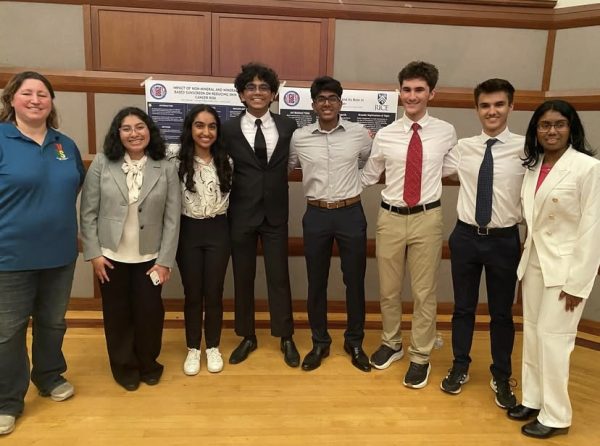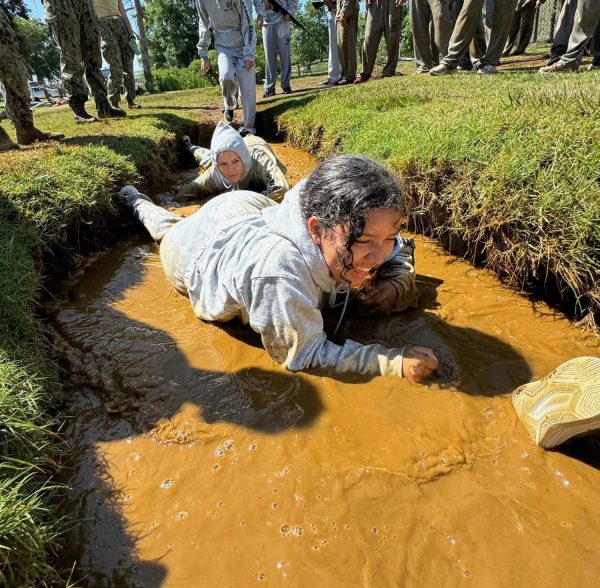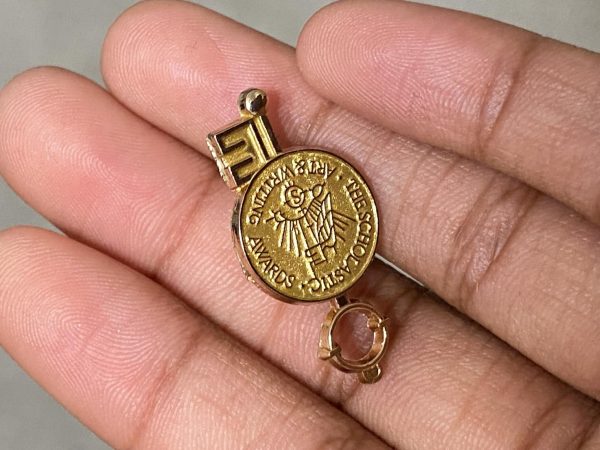Inflation hits CVHS-area local businesses, affects students’ pockets
Working students find their pocketbooks shrink during extended period of inflation.
Looking to hang out with friends at Barnaby’s after school? One should be aware of the 5% increase in their menu prices over the past two years. Since the Covid-19 pandemic, prices due to supply chain shortages have gone up significantly.
In the U.S., inflation has gone up about 9.1% in total, which has brought up prices of gas, food and living. Gas prices have increased steadily since early 2022 and are now sitting at around $3 per gallon compared to January 2021’s $1.84. One tank of gas in an SUV can cost up to $120, and a meal at Barnaby’s can cost around $30.
Upperclassmen who have been driving for more than a year have had to deal with the fluctuation in gas prices, and anyone who eats at restaurants locally has noticed the expensive prices. Seniors and juniors with licenses have to choose whether it’s worth it or not to drive themselves to school based on climbing gas prices. Senior Izzie Hoffman, who has been driving for approximately a year and a half, recalls the low gas prices of her first time driving.
“It [A tank] was more like 2.85 [per gallon]. Maybe 2.75.[Now] It’s usually around three to 3.30 depending on what gas station you go to,” Hoffman said.
Senior Abby Savvitz, who has been driving since January 2021, has a specific gas station she goes to where prices are lower.
“I really like the one at the corner of San Felipe Street and South Voss Road,” Savitz said.
While Texas does have the cheapest gas prices in the country as of August, they are still considerably high. Due to the Covid-19 pandemic, the production of oil has slowed down. With people out and about again, the demand for gas has gone up again, kicking prices on the resource to spike.
Gas prices aren’t the only thing deemed expensive by Carnegie students. Restaurants in the area are increasingly more unaffordable. Carnegie is located in the Fourth Ward, a historically Black neighborhood that has been facing gentrification, causing land prices to go up and restaurants in the area to become increasingly more unaffordable.
Junior Jaya Evans-Moore frequented Barnaby’s while waiting for his father to pick him up from school. Evans-Moore also recalls noticing the shift to higher prices.
According to Austin, a server at Barnaby’s, prices have gone up around 5% on the menu.
Along with students who drive and dine out, there is a working population among the CVHS students. In terms of inflation, there has been a national shortage of employees which is causing supply chain problems, customer tension and is especially affecting smaller corporations.
Small businesses can’t compensate for their labor and employees—and this rings especially true for working teenagers. According to a CNN business article, many adults are unable to work because of childcare or healthcare concerns, and many work at bigger chains that pay better than small businesses.
This puts teenagers at a higher chance of earning a job. Carnegie is known for its ambitious and successful culture that prepares students for real-world experiences. However, low wages for high labor demands still apply.
“For like the strenuous work that I deal with and like the people that I have to deal with [at my job] … I’m not being paid what I’m worth,” said Christian Hernandez, a senior who recently started working at Seven Spice Cajun Kitchen.
Gaining awareness of the economy we live in can help students make wise choices about gas, spending money, dining out and choosing potential job opportunities.
“You should really like, be aware of your [social] class… it’s something that everybody has to deal with,” Hernandez said.
Your donation will support the student journalists of Carnegie Vanguard High School. Your contribution will allow us to cover our annual website hosting costs and fund field trips, competition fees, and equipment. We appreciate your support!

Ava is a sophomore at Carnegie Vanguard High School. They are a part-time theatre nerd who is always wearing their dead grandpa's sweater. Lover of Batman,...

Anjali Martinez is a senior at CVHS. She is the Editor-in-chief for the Upstream News. Her favorite pastimes consist of writing poetry and immersing herself...








Adrianna Flores • Sep 23, 2022 at 9:25 pm
very informative, gave me a lot of insight on the situation.
Layla Chowdhury • Sep 23, 2022 at 8:49 pm
I sort of noticed this during the pandemic and this articles has great statistics and data to back up inflation and how it effects business and consumers. I really enjoyed this article and it was very well-written!
Jennifer Manhas • Sep 23, 2022 at 2:20 pm
Interesting to hear from the students and local business side’s perspective of this potentially long term inflation crisis. Thanks!
Katheryn Consuegra Pena • Sep 23, 2022 at 1:09 pm
really informative and honestly this made me decide to not go to barnaby’s too often now
Brooke Bushong • Sep 23, 2022 at 10:15 am
very informative and well written also really sad to know